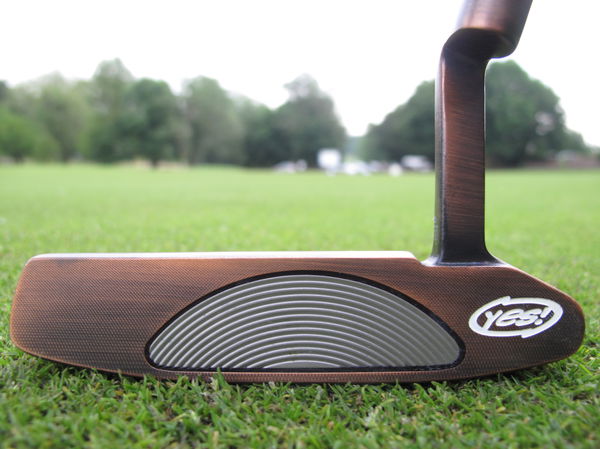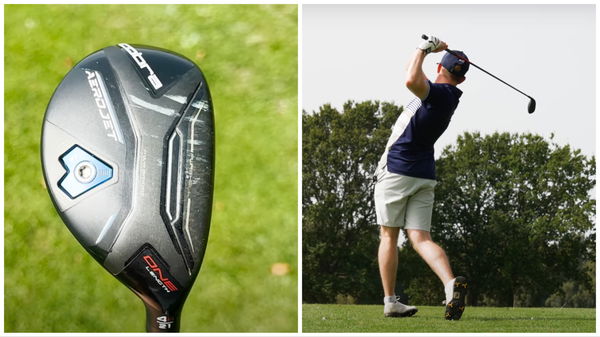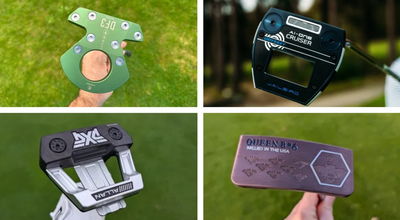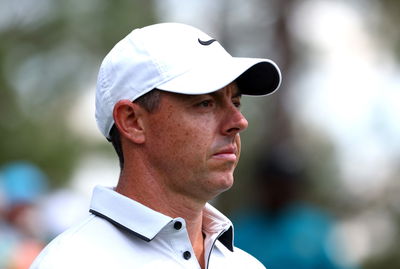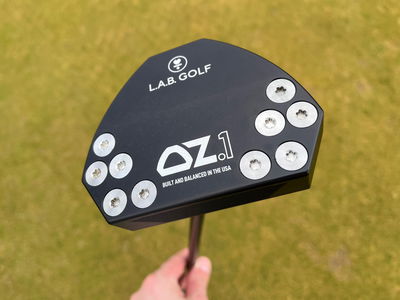Premium v Budget drivers: Distance test
Is a premium
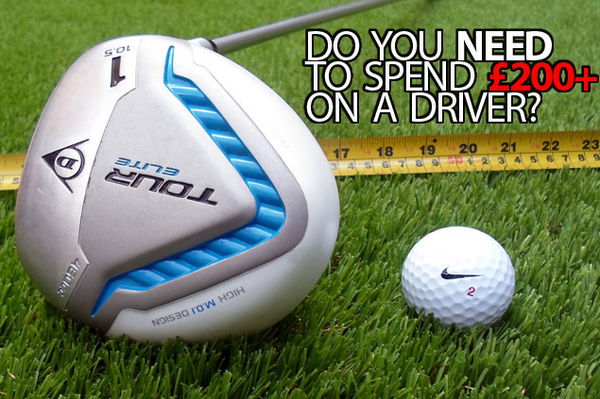
It’s common knowledge to most golfers that technological advances in golf equipment have flourished in the last 20 years, especially in the driving department.
Cast your mind back to the 1980s when golfers were still teeing up with woods that actually had wood chiseled in them. And remember those giant clubheads? Yeah, the ones that now look smaller than a hybrid.
Even by 2000, when I’d just properly started to get into this beautiful game, heads rarely peaked 350cc until a certain Callaway Big Bertha flew down the chimney. Four years later, drivers reached a restricted limit of 460cc.
Look on the shelves today and you’ll notice an array of giant space-age clubfaces that can shoot balls of them at warp speed and on any trajectory you crave, all at the touch of a wrench.
There’s no doubt modern technology installed in the golf driver has now reduced the penalty for inconsistencies in the swing, with maximum forgiveness on off-centre hits and all these latest buzzwords such as torque and moment or inertia. Then again, all this modern technology contributes to a burnt wallet, as you’re probably all too well aware.
With prices of drivers ascending greater than manufacturers’ driver distance claims by the year, the average golfer faces a dilemma when it comes to purchasing the latest big dog.
Do you splash the cash and give it a mash, or do you drive for show and save some dough?
Plucking a £300 TaylorMade R1 and £17 Dunlop Tour Elite off the shelf, we joined Tour pro Tom Hayward with a Flightscope machine and 40 range balls at Mannings Heath to find out just how much difference a premium driver makes in comparison to a budget one.
HOW does a £17 driver stack up against a £300 driver? That's what we set to find out.
Does the average golfer need a top-of-the-range driver or are you just paying for the sponsorship deals and global advertising campaigns of the top brands, without really getting much more bang for your buck?
There’s no doubt modern technology installed in the driver today has reduced the penalty for inconsistencies in the swing, with maximum forgiveness on off-centre hits. Longer drives are promised but they go hand-in-hand with wallet-busting prices.
Many manufacturers aggressively pursue the top professional players, spending millions of pounds on sponsorship and also claiming to spend millions on Research & Development to get the edge, but does that edge really benefit the average player?
Plucking a top-of-the-range £300 TaylorMade R1, pitching it against a £17 Dunlop Tour Elite off the rack, I joined Tour pro Tom Hayward with a Flightscope machine and 40 of the same golf balls at Mannings Heath to find out just how much difference a premium driver makes in comparison to an affordable one...
Article continues. Click here for our test...
